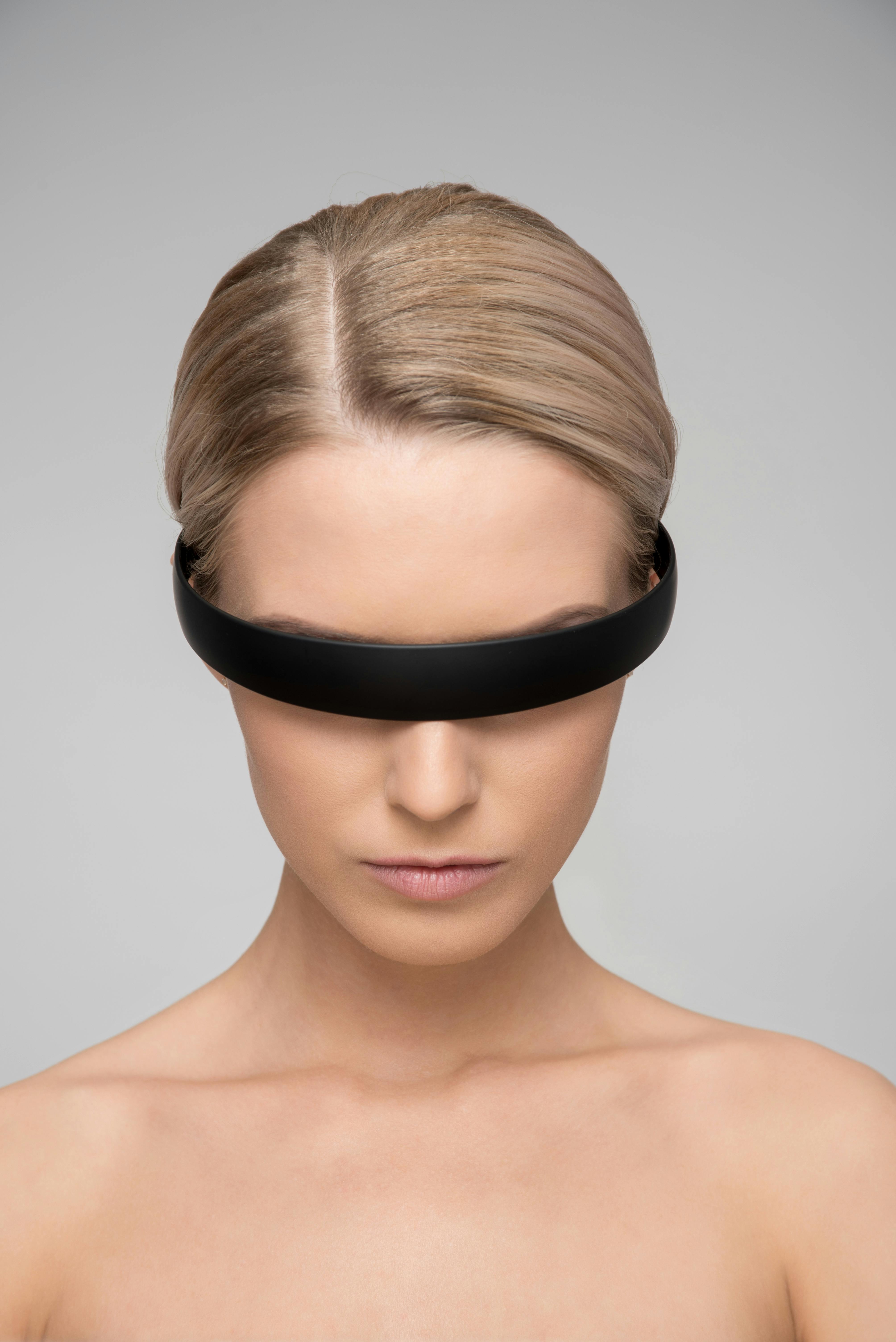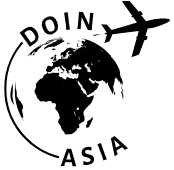South Korea Beauty Innovation: Proven Brand Strategies for Global Success
Interesting how whenever someone mentions “beauty innovation” these days, there’s usually an unspoken assumption: we’re talking about South Korea. It’s not just hype, either. Having spent the past decade attending Asia’s major cosmetics summits (especially Seoul in spring—nothing like it), collaborating with beauty startups in Gangnam, and fielding client calls about “K-beauty secrets for global market domination,” I’ve witnessed firsthand how Korean brands continuously raise the industry bar. The impact is real—a kind of ripple effect spanning every continent. And yet, the magic isn’t just about cutting-edge sheet masks or viral TikTok packaging moments. What really struck me (especially after chatting with both local R&D teams and multinational execs in Myeongdong’s crowded streets) is the layered interplay of tech, storytelling, relentless consumer focus, and a unique, culturally-driven agility. It’s these factors that not only spark trends but sustain them worldwide.
So here’s a question for you: What are the actual strategies South Korean beauty giants are using to become household names from Los Angeles to London—and what can the rest of us realistically learn and apply? Plenty of people write about “K-beauty trends,” but few connect those trends directly to the actions and mindset shifts that enable broad, lasting market expansion. If you want superficial answers (“innovative products,” “good packaging,” “social media”), you’re in the wrong place. Instead, let’s walk through the real mechanics—the advanced brand-building moves, technology plays, cross-border pivots, and regulatory hurdles, backed by personal experience and hard data.
The Global Rise of K-Beauty: Context & Catalyst
Let me set the scene: It’s 2015, and Korean BB creams suddenly appear in high street stores in Paris and New York. Nobody can quite explain why they’re everywhere, but demand spikes; Western brands scramble to catch up1. What happened? The truth is, South Korean beauty companies didn’t simply follow global trends—they created them, using a unique formula: relentless innovation, rapid feedback loops, and an almost obsessive focus on consumer experience. Back then, I was working with a European skincare client frustrated by their stagnant product lines. Their team couldn’t understand why Korean brands zipped through four product cycles while it took them 18 months to release a single serum. The answer came down to agility and deeply embedded R&D culture. And it wasn’t just about speed. Korean companies were listening more closely to increasingly sophisticated consumers who demanded both effectiveness and sensory delight. Nowadays, it’s hard to imagine a beauty shelf anywhere that doesn’t feature K-beauty icons.
South Korea ranks No. 3 globally for beauty exports, following only the United States and France, with exports exceeding USD $8 billion in 2023 (Korea Customs Service)2. Its top exports? Not just skincare—colour cosmetics, innovations in SPF, and even clean beauty accessories.
Beyond numbers, what really matters is the mindset. Korean beauty doesn’t just ride the wave—it builds the surfboard. That means gadgets, textures, hybrid formulations, disruptive retail, strategic partnerships, and even niche product segments (like anti-pollution face masks and microbiome serums) suddenly transform into mainstream staples worldwide.
Hyper-Consumer Centricity: The Heartbeat of Innovation
If I had to name the single biggest driver behind Korea’s global beauty success, it’s the capacity to anticipate, absorb, and instantly act on consumer feedback. Many Western companies talk about “consumer research,” but Korean brands elevate it to an art form. Here’s what I’ve learned from interviews with founders: everything starts with deep listening—online and offline—combined with pilot launches, instant feedback loops, real-time product tweaks, and a willingness to fail fast and iterate constantly3. It’s no accident that the top K-beauty brands recruit product testers from popular Instagram groups, run interactive YouTube surveys, and even crowdsource ideas from Reddit threads.
- Direct-to-consumer sample launches, sometimes just 200 units, test efficacy and desirability in real market conditions.
- Live customer analytics guide formulation tweaks almost weekly.
- Brand managers spend more time fielding TikTok queries than prepping for board meetings.
- Soliciting hyper-detailed consumer stories shapes everything from packaging graphics to scent profiles.
Korean beauty’s agility doesn’t just reflect market responsiveness—it generates ecosystem-level innovation, enabling rapid pivots to viral ingredients (think centella asiatica, snail mucin, cica) and instant alignment with influencers. This “outside-in” strategy itself becomes a competitive advantage—a lesson that, honestly, too few Western brands internalize.
Pause here and think about it: How quickly does your own team really respond to customer feedback, not just in crisis but as part of the daily development rhythm?
R&D and Product Innovation: Skin Science Meets Storytelling
Let’s get into the nitty-gritty—product R&D. Having observed dozens of Korean lab tours and brainstormed with R&D directors, I can say confidently: here, science collides with narrative. Korea is home to world-leading skin scientists and biochemists, many trained overseas, who bring advanced ingredient research right back home. They aren’t just chasing the next big thing, but also building systematic, modular R&D pipelines driven by iterative consumer insight4.
Here’s what’s different: The story isn’t only about efficacy, potency, or aesthetics. It’s about forging emotional connection through ingredient heritage (think traditional Hanbang botanicals), product rituals, and meaningful, sometimes quirky, brand narratives. In 2021, I helped a client repackage their ginseng serum, not with random science jargon, but with authentic stories of family farming and ingredient history. The product leapt in traction, especially overseas, because it felt real. Think of it as beauty that “feels like home,” even for consumers half a world away.
South Korea’s “smart skincare” movement combines artificial intelligence (AI) with microbiome mapping, allowing mass-customisation at scale5. A few years ago, these approaches were experimental. Now, flagship brands offer DNA-based face care routines—in-store and online.
Let’s quickly review the three pillars of Korean beauty R&D:
- Ingredient Discovery: Botanical research, fermentation processes, probiotic blends, SPF innovation
- Formulation Science: Sensory experiences, stability testing, skin microbiome optimization
- Narrative Packaging: Local art, ingredient origin stories, cultural motifs, social media virality
What’s even more impressive—and perhaps a bit mind-blowing—is how many indie brands manage to scale innovations typically reserved for multinationals. Take the infamous “snail mucin” trend: the rapid pivot from niche ingredient to global staple relied on transparent sourcing stories, influencer campaigns, and Reddit-driven reviews. All in under a year. That … is some serious agility.
Digital Disruption and Tech-Driven Beauty
The more I consider this, the more it seems obvious that South Korea’s advanced digital ecosystem plays an enormous role in beauty industry elevation. Most people realise Korea is a hotspot for the fastest internet, highest smartphone penetration, and digitally literate consumers. But beauty brands take it further—integrating data analytics, AR, and AI not as gimmicks but core sales levers. Try walking into a Seoul flagship store: You’ll encounter digital skin analysis kiosks, QR-driven product tutorials, and live social commerce streams, all generating instant consumer data7.
- Virtual try-on tools: From lipstick to skincare, consumers experiment before buying.
- AI chatbots: Answer questions, recommend routines, and drive user-generated product reviews.
- Omnichannel social commerce: Linking TikTok, Instagram, and KakaoTalk for seamless purchasing.
| Digital Innovation | Markenbeispiel | Market Impact | Verwendete Technologie |
|---|---|---|---|
| Virtual Try-On | Amorepacific | +40% conversion rate online | AR, AI |
| AI Skin Analysis | LG Household & Health | More targeted upselling | Machine learning |
| Social Commerce | HERA | Rapid influencer virality | Live streaming tech |
On second thought, it’s not just the tech stack. It’s the seamless blend of cultural readiness, consumers willing to share personal skin data, and a retail environment designed for instant digital interaction. Ever notice how the best K-beauty launches land simultaneously on TV, social media, and mobile shop apps, with continuous feedback and updates? That’s not a coincidence—it’s deliberate strategy, and it creates a loop of rapid demand generation and product improvement.
Pause and ask yourself: Does your beauty brand treat digital tools as add-ons, or as the underlying “fabric” for every customer journey?
Brand Building for Global Expansion: Cultural Adaptation & Localisation
This is where I get passionate. Let’s be clear: Success at home doesn’t guarantee global relevance. Korean brands know this, and their expansion playbook deserves more attention. I’ve watched top teams conduct micro-localisation in new markets—changing everything from scent palette to brand voice to regulatory qualification8. During a 2022 project, a Seoul-based brand adapted their top-selling sheet mask for German buyers by reformulating a fragrance, adjusting packaging to include German language instructions, and even partnering with a local eco influencer. That rapid adaptation drove their first six-figure month in Europe. The lesson? Customisation isn’t optional—it’s the price of admission for international success.
- Ingredient adaptation for local climate and skin types
- Complying with FDA, EU, ASEAN, and other regulatory bodies
- Country-specific influencer and media partnerships
- Localized packaging, marketing, and retail experiences
And let’s ask: Is there a formula? Yes, but it’s never static. Korean brands assemble multi-disciplinary teams—sometimes including local expat consultants, regulatory lawyers, and cultural historians—to ensure authenticity and compliance.

Retail Experience and International Distribution: Where Magic Happens
This brings up a crucial point: retail experience. Ever visited a flagship in Seoul, or one of the hyper-stylish pop-ups in Los Angeles? It’s a world apart. I remember the first time I walked through Innisfree’s eco concept store in Myeongdong—scented air, live botanicals, digital tutorials, AR mirrors, sustainable displays. The entire experience was curated, not simply transactional. Turns out, many Western retailers try to reverse engineer K-beauty retail magic, but often miss the deeper integration of product, space, technology, and storytelling. Data backs this: South Korea leads in retail innovation with experiential stores, hybrid digital pop-ups, and seamless cross-channel distribution10.
| Retail Strategy | Consumer Benefit | Example Brands | Global Outcome |
|---|---|---|---|
| Experiential Flagship | Immersive, memorable shopping | Innisfree, Sulwhasoo | Repeat visits, social media buzz |
| Pop-Up Activation | Exclusive limited drops | Dr.Jart+, Laneige | Event virality, fast sell-through |
| Cross-Border E-Commerce | Wider brand reach | Missha, TonyMoly | Localization, real-time analytics |
The “retail magic” is not accidental. It’s the cumulative result of rapid prototyping, data-driven merchandising, interactive storytelling, and ongoing feedback integration. Ask yourself: Is your retail strategy built for experience, or just sales?
International Distribution: Navigating Hurdles
Global expansion means confronting regulatory, logistical, and cultural friction head-on. Korean brands do this with a rare mix of technical diligence (compliance with frameworks like the EU Cosmetics Regulation), local market partnerships, and relentless follow-up. My experience working with a mid-tier brand’s distributor in Southeast Asia revealed how cross-border obstacles—from customs bottlenecks to ingredient registration delays—can stall rollouts. Korean companies actively minimize these by building scalable supply chains, distributed warehousing, and adaptive regulatory documentation processes11.
- Early regulatory research and local legal counsel
- Flexible ingredient lists and packaging
- Real-time product tracking and inventory optimisation
- Seasonal and trend-driven distribution pivots
It’s not always smooth. In 2020, several brands faced trademark issues and ingredient bans in Middle Eastern markets. The lesson: building in legal agility and ongoing compliance costs from the outset is absolutely crucial. Don’t wait until after launch to address distribution pain points.
Sustainability, Ethics, and Future-Proofing
Which reminds me: The future isn’t just bright—it’s complicated. I’m partial to Korean brands because they don’t shy away from tough questions. Sustainability, ethical ingredient sourcing, and eco packaging aren’t just trends—they’re survival requirements. Brands like Innisfree and Amorepacific now lead the way with biodegradable packaging, upcycled botanical waste, and zero-waste store formats12.
South Korea’s government implemented a “Green Beauty” initiative in 2022, requiring stricter environmental standards for manufacturing and packaging13. The result? Export-ready brands already meet European ESG standards—giving Korean companies a head start in global regulatory compliance.
Honestly, it’s not perfect. Many smaller companies struggle to match green standards at scale. The jury’s still out on whether all “clean” claims translate into effective market differentiation, especially in regions less motivated by sustainability messaging. Still, the culture of transparency and ongoing innovation sets a valuable example. A colleague recently pointed out: Real leadership is shown not when you’re forced to change, but when you innovate ahead of the curve.
- Biodegradable and refillable packaging
- Ethical ingredient sourcing with full traceability
- Continuous regulatory compliance upgrades
- Consumer education on sustainability benefits
Pause here and consider: How can your own brand build future-proof agility? Are you ahead of regulatory change—or just hoping it won’t disrupt you?
Case Studies and Key Lessons
Time for some specifics. Let’s quickly run through a few real-life case studies that highlight Korea’s brand-building playbook—and extract actionable lessons for global teams.
- Dr.Jart+: Expanded to over 30 countries partly through “art meets clinical science” storytelling—local exhibitions, dermatologist partnerships, and dynamic packaging adaptations. Lesson? Merging design innovation with reputable medical backing earns trust and global name recognition15.
- Laneige: Scaled its “water science” narrative via influencer-driven campaigns, regionally adjusted formulas (like anti-pollution blends for Southeast Asia), and fast-moving pop-up stores abroad. Lesson? Product narratives plus local relevance fuel repeat purchases—and social virality.
- Innisfree: Prioritized eco ethics and refillable packaging—allowing early adoption in European green beauty channels while retaining “Jeju island purity” storytelling for Asian markets. Lesson? Don’t just follow global green standards—lead by integrating local eco values into narrative and product.
Don’t wait for trends to land. Invest in adaptable R&D, genuine brand story development, hyper-localised launch playbooks, and ongoing sustainability upgrades. That’s truly how you build a lasting global brand—in beauty or anywhere else.
Final Reflections: Your Korean-Inspired Innovation Roadmap
Looking ahead, I’m convinced that the most successful beauty brands—whether in Seoul, Stockholm, or San Francisco—will be those who combine relentless innovation with real empathy, agility, and credibility. I’ve made plenty of mistakes in my own global expansion advisory work: underestimating local regulatory needs, misjudging digital readiness, or overlooking cultural story alignment. Every time, the lesson is the same. Build processes for learning, not just action. Seek stories, not just sales. Layer future-proofing into every aspect of development. The K-beauty journey offers more than shiny products—it’s a philosophy of adaptation, curiosity, and consumer trust.
In 2024, global K-beauty consumer searches shifted toward “microbiome skincare,” “dermatologist-backed brands,” and “earth-friendly packaging.” These new preference signals reshape not just product lines but the entire brand expansion roadmap16.
Feeling inspired? Pause and let that sink in. The real opportunity is to take South Korea’s learning curve—its innovation pace, tech-fueled agility, storytelling, and authentic sustainability—and build your own pathway for enduring global presence.
Identify one Korean-inspired strategy and start a pilot. Whether it’s rapid consumer feedback loops, integrated digital retail moments, or deep sustainability innovation, document your results, iterate, and share progress within your professional community. That’s where market transformation truly begins.
Verweise



